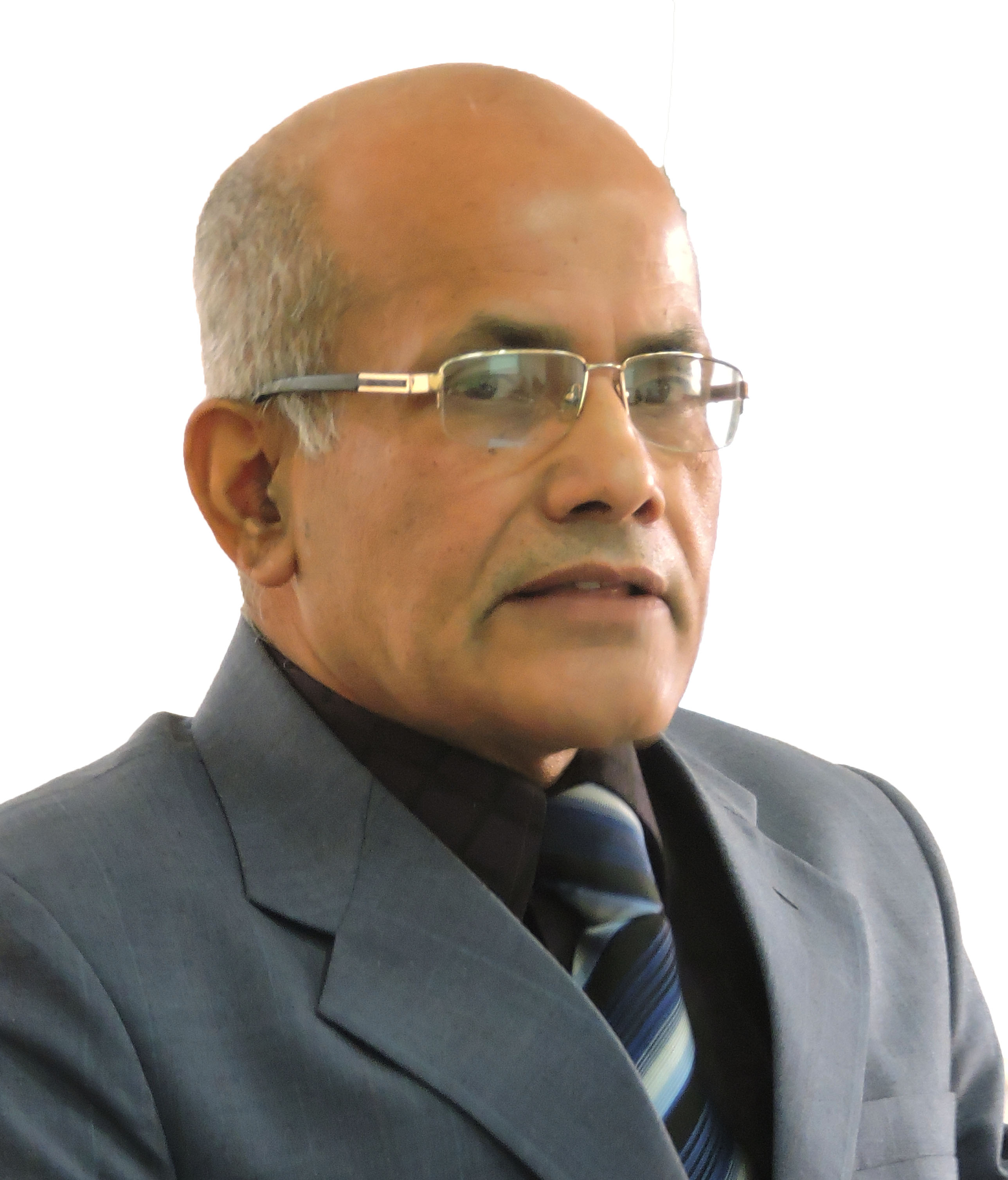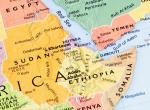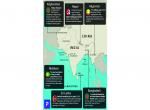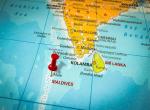Federalism is a system of government that distributes power between the Central government and the regional bodies.1 Most of the countries in the world have adopted federalism for it helps them in bridging the gap between the government and the people on the one hand and in providing cushion to democracy on the other. As the division of power between the Centre and the regional bodies are made distinct in a federal system, it becomes far easier for the constituent units to make decisions of their own in the matters related to governance and developmental activities.
Recognising the inherent benefits of federalism, 25 countries of the world, including the United States of America, Canada, India, Australia, Austria, Brazil, Mexico, Germany, Malaysia, Iraq and Nepal have adopted the federal democratic system. Of the total world population, 40 per cent of people live in federal countries.2
Nepal is the newest State at the global level to adopt federal structure of governance. In the last constitution promulgated in September 2015, Nepal declared itself as a federal democracy. Accordingly, the elections for the three tiers of government – local, provincial and federal – were conducted in 2017 to elect 35,000 Local Council representatives, including mayors and deputy mayors, 550 Provincial Assembly members, and 275 House of Representative members.3 Subsequently, 761 governing units, including 753 at the local levels, 7 at the provincial levels andone at the federal levelwere formed.
However, in just over two years, suspicion is mounting in political circles in Nepal if the federal democratic structure of the country will at all succeed. People in different parts of the country have started feeling disenchanted even with this system mainly because of the exorbitant taxes that have been imposed on the people and also due to the gross misuse of taxpayers’ money.4
It is unfortunate that the federal system, for which mainly the Madheshis, Janajatis and the other disadvantaged groups in the country had fought so hard since the 1950s, has not been able to deliver that well. In the 1950s, the Nepal Terai Congress under the leadership of Vedanand Jha raised voice in favour of the federal system. Later on, Gajendra Narayan Singh, leader of Nepal Sadbhavana Party (NSP), Upendra Yadav of the Madhesi Janadhikar Forum(MJF) and Mahanth Thakur of the Terai Madhes Democratic Party (TMDP) launched movements to give concrete shape to federalism.5
In all the Madhesh movements, be it the Madhesh Movement I (2007), Madhesh Movement II (2008) or the Madhesh Movement III (2015-16), the demand for federal democracy was raised strongly. Over and above, credit also goes to the Communist Party of Nepal-Maoist (CPN-Maoist) for its support to federalism.6 It was at the initiative of CPN-Maoist that the Interim Parliament passed a bill on December 28, 2007, to make Nepal a “Federal Democratic Republic.” Immediately thereafter, Nepal was officially declared a federal nation in the first Constituent Assembly 2008 when the CPN (Maoist) emerged as the largest political party. But the nation had to wait for nearly seven long years to get federalism incorporated in the constitution and passed by the second Constituent Assembly in 2015.7
Nepal’s major political parties, including the CPN (Maoist), TMDP, NSP and MJF supported federal democratic system as there was neither inclusive growth of the regions nor was there justice for the Madheshis, Janajatis, Dalits, women and other disadvantaged groups under the unitary form of government.8 The great majority of the Nepalese population from these groups were intentionally excluded from the administrative, legislative, judiciary, diplomatic and security services in the country.
Expectations were that the federal system would address all such shortcomings that existed in the unitary form of government. But it was forgotten that federalism itself cannot guarantee peace, stability and progress of a country.
To make federalism successful, resource constraints need to be removed for which the states and the local bodies are empowered to levy taxes,borrow through the internal sourcesand even take foreign loans as per the need. Also, the states and local units are given financial autonomy and their governance capacity is enhanced.9 But very little effort was made by the concerned units in Nepal in this direction.
Until today, the states and the local bodies are largely dependent on the federal government for financial resources. Of Nepal’s total budget, the federal government keeps with itself 70 per cent. Of the rest 30 per cent budget, 15 per cent is allocated to the states and another 15 per cent to the local units.
The budgetary allocations to the states and the local bodies are inadequate. Even in Nepal’s neighbourhood, the Indian government has allocated 42 per cent of the tax revenue to the States, which earlier was 32 per cent.10 The federal government in Nepal does not feel that it is more a facilitator and the States and the local bodies are the main executing agencies and for that, they need to be allocated substantial resources.
Another problem with the Nepalese federal system is massive corruption. For most of the year, the provincial and local governments spend very little on development activities. It is only in the last few months of the financial year that they spend most of the allocated budget, which often is called Ashare Budget.
The common people hold the federal system responsible for the exorbitant taxes, which pinch them the most. Many people seem to be disenchanted with their representatives in the provincial governments and the local bodies. On this ground, several political leaders, including those from the Sajha Party, have started raising their voices for dissolving provincial governments
It seems that there is a lack of political will in the country to see federalism thrive and scceeed. Whereas the Centre seems to be uncooperative with the States, the latter are also not that serious to see federalism work better. Even the Madhesh-based parties who had contributed so much for federalism, are not so fair in this respect. The situation, instead of improving, seems to be aggravating. If there is no improvement on this front, it will not be too far in the future when federalism will prove unsustainable and it could even collapse. It is therefore, imperative that all political parties and their leaders/representatives at the three tiers, give serious consideration to the issues involved and drawing from their experiences thus far, initiate urgent steps corrective measures.
Endnotes
- Arora, Balveer, “The Greening of India’s Federal System: Pluralism and the Accommodation of Diversity,” in Making Federalism Work: Federalism in Pakistan after the 18th Amendment, ed. By Ashma Faiz, Lahore 2015, p. 11.
- Forum of Federations, “Federalism by country,” no date, http://www.forumfed.org/en/federalism/federalismbycountry.php.
- International Foundation for Electoral Systems, “A Year of Elections in Nepal: Implementing a Federal and Inclusive Constitution,” April 16, 2018, in https://www.ifes.org/news/year-elections-nepal-implementing-federal-and-inclusive-constitution
- Prithvi Man Shrestha and Mukul Humagain, “Three-tiers government at loggerheads over tax,” The Kathmandu Post, August 15, 2018.
- Jha, Hari Bansh. 2018. Nepal’s Madhesh in Turmoil.New Delhi: Highbrow Scribes Publications, pp. 69-74.
- Jha, Hari Bansh, 2010. The Economy of Terai Region of Nepal: Prospects for its Sustainable Development.Kathmandu: Centre for Economic and Technical Studies, pp. 74-75.
- Jha, no. 5, p. 38.
- Jha, no. 6, pp. 79-80.
- Hari Bansh Jha, “Economic Preconditions for a Stable Federal State: With Reference to Nepal,” 2016, in hss.de/download/publications/Federalism_2016_09.pdf, pp. 137-40.
- Ibid, p. 138.
(The paper is the author’s individual scholastic articulation. The author certifies that the article/paper is original in content, unpublished and it has not been submitted for publication/web upload elsewhere, and that the facts and figures quoted are duly referenced, as needed, and are believed to be correct). (The paper does not necessarily represent the organisational stance... More >>
Image Source: https://www.spotlightnepal.com/media/images/conctitution-of-nepal_201507041224.2e16d0ba.fill-650x500.jpg











Post new comment